Description
Liegender Putto by Gabriel Ferrier printed on a T-Shirt
About the T-Shirt
Regular fit
Standard length, the fabric easily gives into movement
Casual wear
A classic, everyday option loved by our customers
Side-seamed
Constructed by sewing two parts together, creating a fitted look
The Unisex Staple T-Shirt feels soft and light with just the right amount of stretch. It’s comfortable and flattering for all. We can’t compliment this shirt enough–it’s one of our crowd favorites, and it’s sure to be your next favorite too!
- Solid colors are 100% Airlume combed and ring-spun cotton
- Ash color is 99% combed and ring-spun cotton, 1% polyester
- Heather colors are 52% combed and ring-spun cotton, 48% polyester
- Athletic and Black Heather are 90% combed and ring-spun cotton, 10% polyester
- Heather Prism colors are 99% combed and ring-spun cotton, 1% polyester
- Fabric weight: 4.2 oz./yd.² (142 g/m²)
- Pre-shrunk fabric
- 30 singles
- Side-seamed construction
- Tear-away label
- Shoulder-to-shoulder taping
- Blank product sourced from Nicaragua, Mexico, Honduras, or the US
Gabriel Ferrier (1847-1914)
Gabriel-Joseph-Marie-Augustin Ferrier was a French portrait painter and orientalist.
His father was a pharmacist. He began his studies at the École des Beaux-Arts, where he worked with Ernest Hébert and Isidore Pils. His first exhibit was at the Salon in 1869. Two years later, he was awarded the Prix de Rome for his depiction of a scene from the Flood and studied at the French Academy in Rome from 1873 to 1876.
Upon returning to France, he specialized in painting portraits of notable figures connected with the Third Republic. In 1883, he took an extended trip to Algeria, where he created works in the Orientalist style. Some of those works earned him a Gold Medal at the Exposition Universelle (1889).
He later was named a Professor of Design at the Maison d’éducation de la Légion d’honneur, then became a lecturer at the École des Beaux-arts, succeeding Jean-Léon Gérôme. He also taught at the Académie Julian. In 1906, he was elected to the Académie des Beaux-Arts. He was also a member of the Société des Artistes Français. In 1911, he became a Knight in the Légion d’honneur.

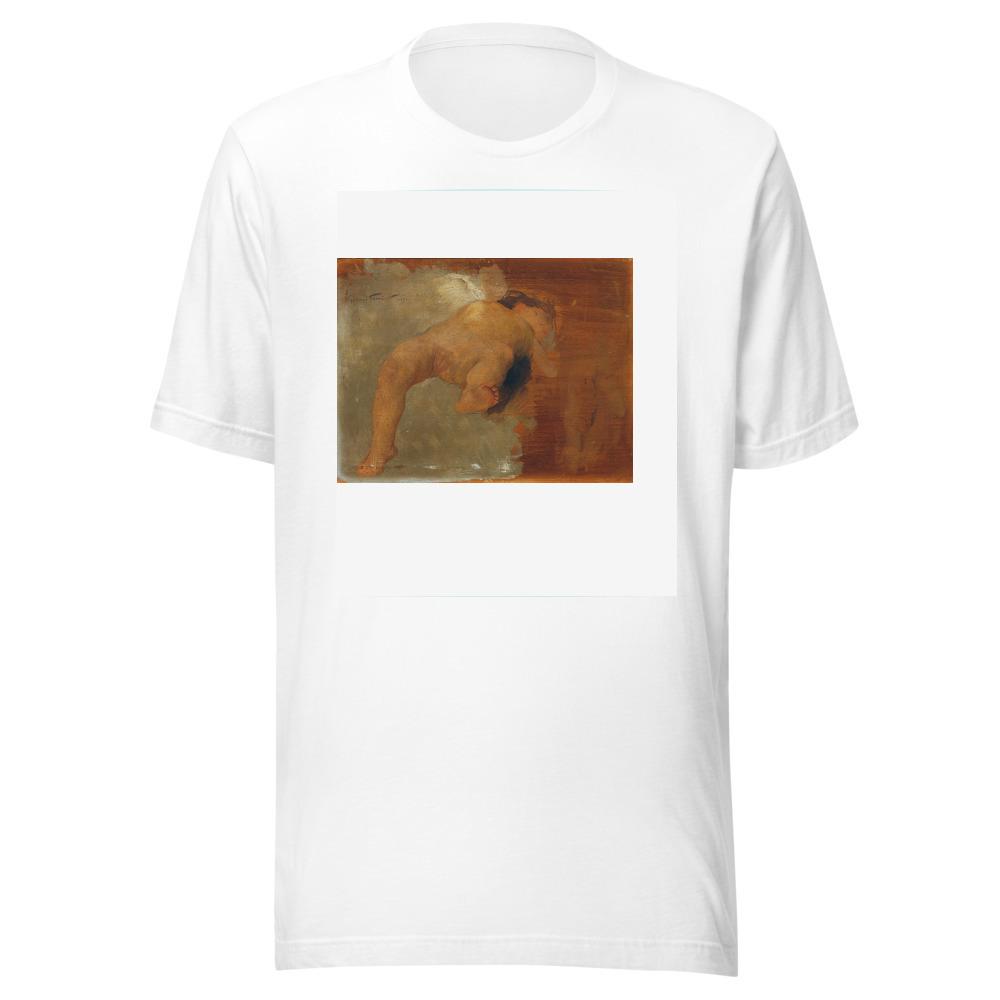
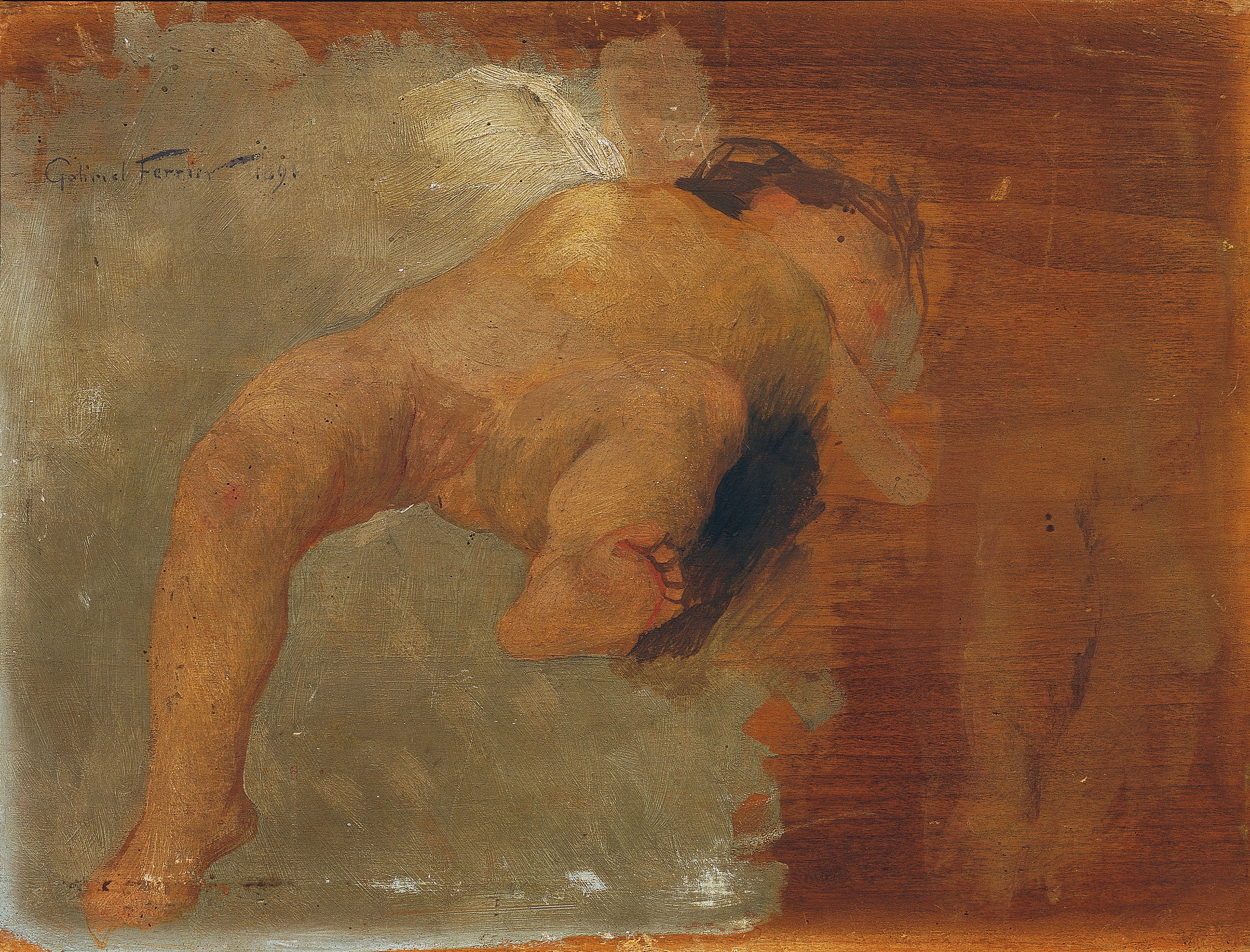
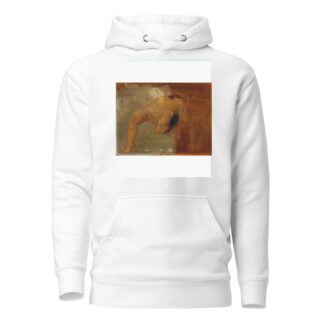
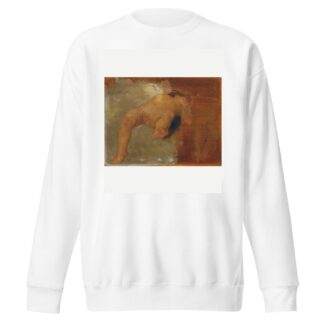
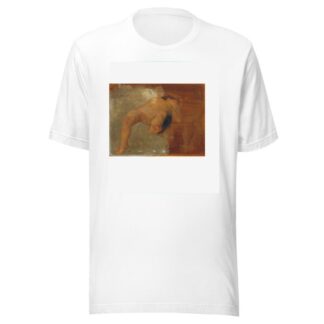
Reviews
There are no reviews yet.